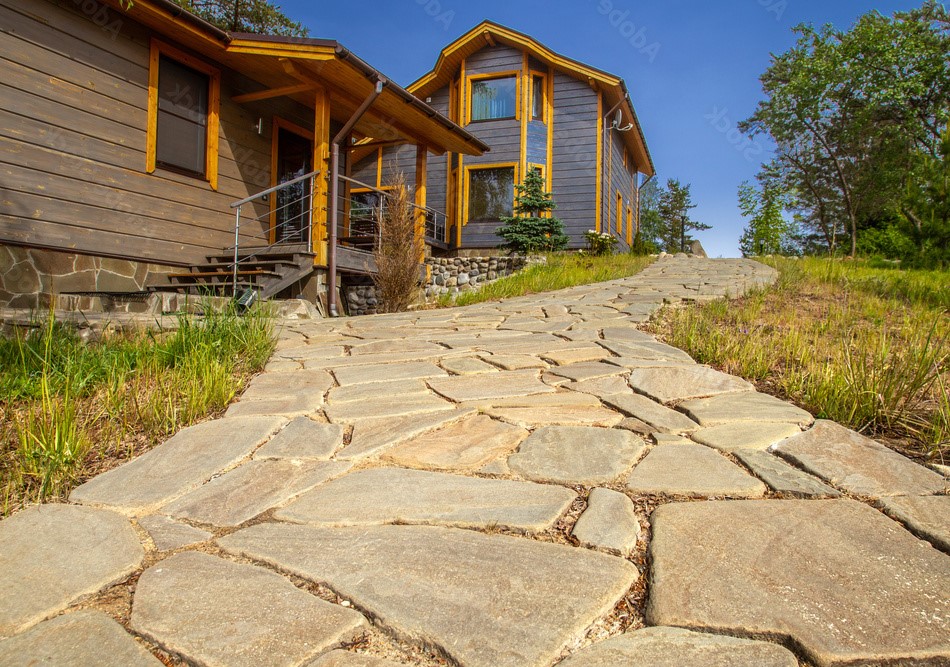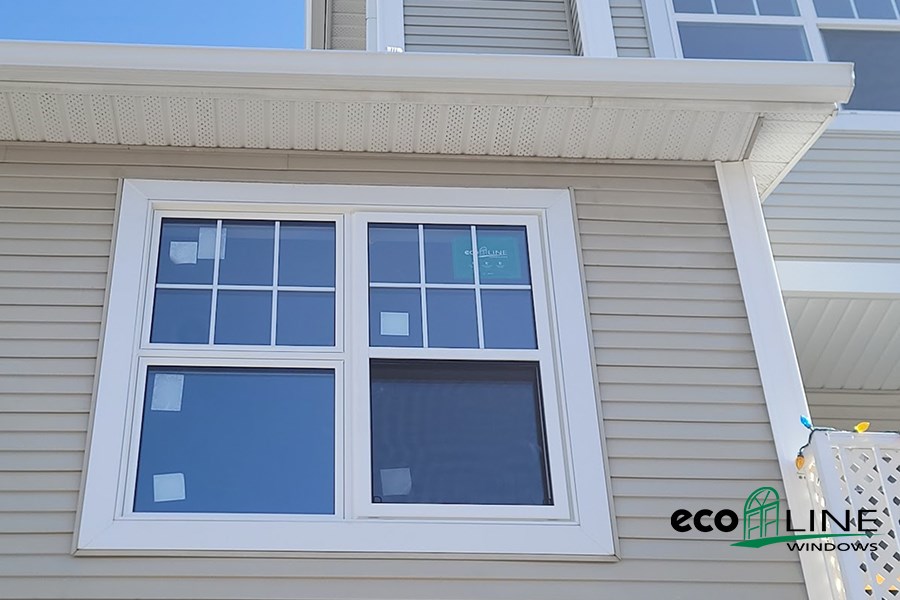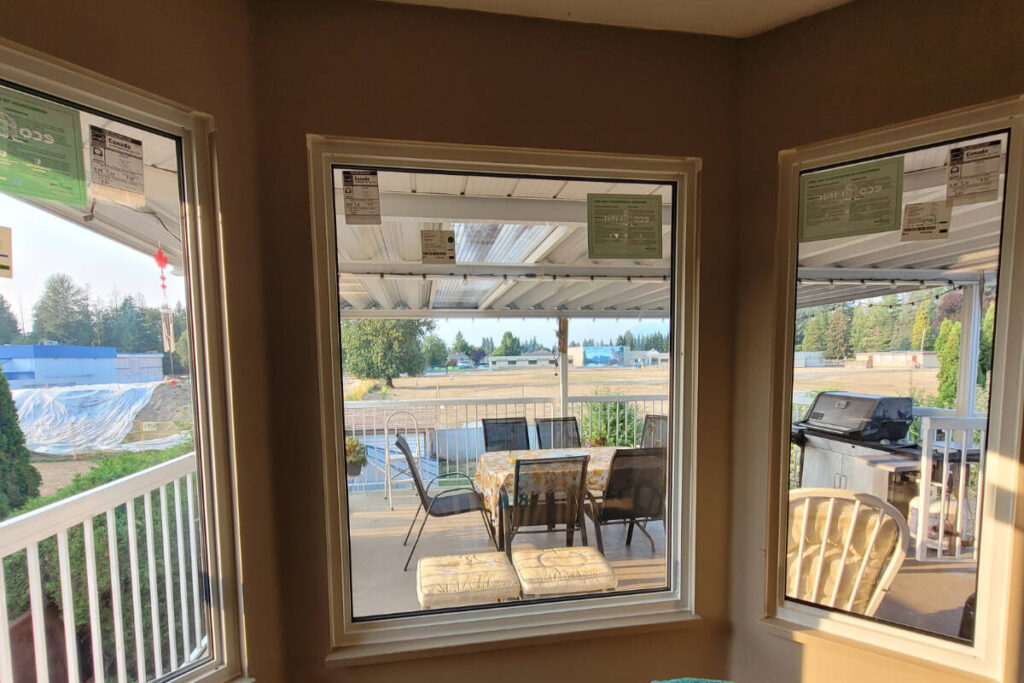
Pathways are an essential part of our outdoor spaces, providing a functional and aesthetic element to gardens, parks, and urban areas. Whether made of concrete, asphalt, pavers, or natural stone, pathways require regular maintenance and occasional repairs to ensure their longevity and safety. In this article, we will discuss the importance of pathway maintenance and repair and provide tips on how to extend the lifespan of your pathways.
The Importance of Pathway Maintenance
Maintaining pathways is not just about keeping them looking good; it’s also about safety and preventing costly replacements. Neglected pathways can develop cracks, uneven surfaces, and hazardous conditions that can lead to accidents and injuries. Regular maintenance can:
- Prevent Safety Hazards: Filling in cracks, repairing uneven surfaces, and addressing tripping hazards are crucial for preventing accidents.
- Preserve Aesthetics: Well-maintained pathways enhance the overall look of your outdoor space, adding to its beauty and charm.
- Increase Longevity: Routine maintenance can significantly extend the lifespan of your pathways, saving you money in the long run.
Pathway Maintenance Tips

1. Regular Cleaning
Sweeping: Keep your pathways clear of debris like leaves, twigs, and dirt. Regular sweeping prevents dirt buildup and minimizes the chances of staining.
Pressure Washing: Periodically pressure wash your pathways to remove stubborn stains, moss, and algae. Be cautious with the pressure settings to avoid damaging the surface. Do you like the article? Read also about Types of paving stones.
2. Weed Control
Weeds can grow through cracks and joints in your pathways, causing them to lift and crack further. Use weed control methods such as weed barriers, herbicides, or manual weeding to keep weeds at bay.
3. Filling Cracks and Joints
Small cracks and gaps can be filled with appropriate sealants or fillers designed for your pathway’s material. This prevents water from seeping into the cracks and causing further damage.
4. Resurfacing
If your pathway has significant damage or wear, consider resurfacing. This involves applying a new layer of material, such as asphalt or concrete overlay, to restore the pathway’s smooth surface.
5. Regular Inspection
Inspect your pathways periodically for signs of damage or wear. Look for cracks, potholes, or areas where the surface has become uneven. Address these issues promptly to prevent them from worsening.
6. Edge Maintenance
Maintain the edges of your pathways by trimming back vegetation and ensuring a clear boundary. This prevents the pathway from being encroached upon and helps maintain its shape.
Pathway Repair
Despite regular maintenance, pathways may require occasional repair. Here are some common repair techniques:
1. Crack Repair
For small cracks, use crack fillers or sealants designed for your pathway material. For larger cracks, consult a professional for proper repair.
2. Pothole Repair

Fill potholes with an appropriate patching material. In severe cases, the damaged section may need to be cut out and replaced.
3. Sunken Areas
If a section of your pathway has sunk, it may need to be lifted, the underlying issues addressed, and then reset to its proper level.
4. Replacing Damaged Pavers or Stones
If you have a paver or stone pathway and individual pieces are damaged or uneven, they can be replaced or repositioned.
Expert Advice and Standards
For more detailed guidance on pathway maintenance and repair, you can refer to resources such as Wikipedia’s page on Pathway Maintenance and the official website of the Canadian government for standards and guidelines at Canada.ca.
In conclusion, regular maintenance and timely repairs are essential for extending the lifespan of your pathways. By following these tips and staying proactive, you can enjoy safe, attractive, and long-lasting pathways in your outdoor spaces. Remember that proper care not only enhances the aesthetics of your property but also contributes to the safety and value of your home or community.



